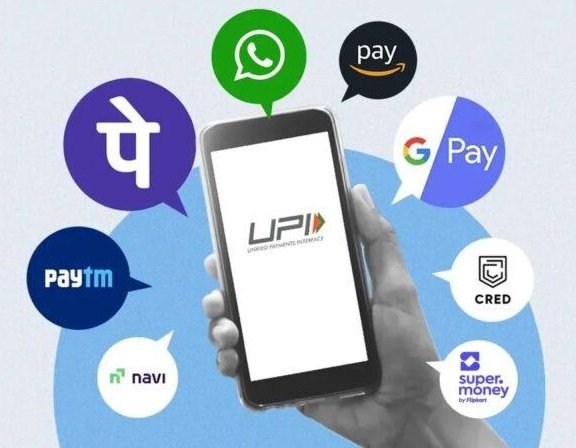Last Updated on July 29, 2025 3:40 pm by BIZNAMA NEWS
India’s digital economy continues its strong upward momentum, with the Reserve Bank of India (RBI) announcing that its Digital Payments Index (DPI) surged to 493.22 as of March 2025, a notable rise from 465.33 in September 2024. The index reflects the growing adoption and deepening integration of digital payment systems across the country.
Launched in January 2021, the RBI-DPI uses March 2018 as its base year, with a starting value of 100. This index is a composite measure designed to capture the level of digitalization in India’s payment ecosystem. Over the last few years, the DPI has witnessed consistent growth, aligning with India’s policy push for a less-cash society.
According to the RBI, the recent rise in the index has been primarily driven by two major components: enhancement in payment infrastructure (supply side) and stronger payment performance metrics. These include a wider acceptance of digital payments by merchants, proliferation of QR code payment options, record-breaking growth in UPI transactions, and better availability of digital banking services even in remote areas.
This sharp increase is a reflection of India’s rapidly transforming payment landscape, accelerated by initiatives like Digital India, increasing smartphone penetration, and an innovative fintech sector that has developed user-friendly platforms to bring financial services to the masses.
The long-term trend also reinforces this progress. From 153.47 in March 2019 to 207.84 in March 2020, and further to 349.30 by March 2022, the DPI has grown more than fourfold in just seven years. In March 2024, the index stood at 445.50, rising modestly to 465.33 by September the same year. The latest figure of 493.22 in March 2025 marks another high point, indicating a sustained push toward digital-first financial behavior across the population.
Beyond consumer convenience, this shift is also enhancing transparency, financial inclusion, and resilience in the financial system. With the RBI-DPI now nearing the 500-mark, it serves not just as a performance tracker but also as a strategic tool for policy-makers to measure India’s evolving financial landscape.
In an era where digital inequality remains a challenge globally, India’s progress in bringing seamless digital payments to both urban and rural citizens stands out. The RBI’s index will likely continue to act as a barometer for assessing the health and reach of the country’s digital payment ecosystem in the years to come.
Ask ChatGPT


